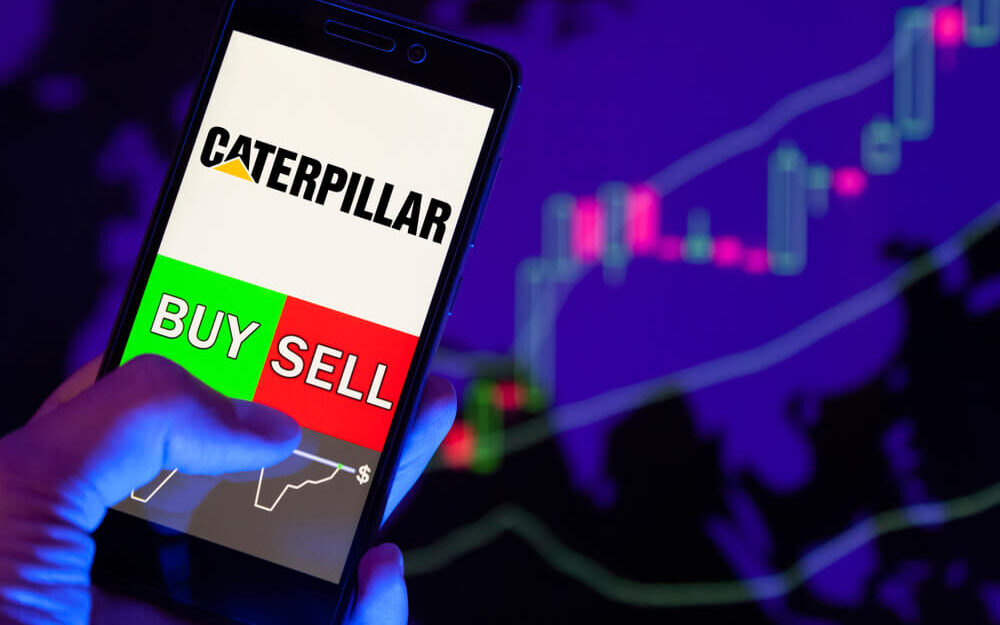As we hit the homestretch of 2020, it’s time to start looking ahead to 2021.
Technology and the “stay-at-home” economy have dominated investing in 2020. Companies that helped life carry on during the pandemic were rewarded.
Next year, the focus will shift to rebuilding. I expect that whoever wins the presidency in November will focus on infrastructure spending. These projects are politically popular and create jobs. So an infrastructure spending bill would be a win for the president.
The bill would also be a win for certain companies.
This brings us Caterpillar Inc. (NYSE: CAT), the world’s premier manufacturer of heavy-duty construction and mining equipment. Search any major construction site in the world, and you’ll probably find Caterpillar equipment.
Caterpillar’s dividend is underrated. While CAT’s current yield is somewhat modest at 2.5%, it’s still higher than the S&P 500’s current dividend yield of 1.75%. And let’s face it, in a world of 0.74% yields on 10-year Treasurys, a 2.5% payout looks downright juicy.
Savvy dividend investors know to look beyond raw yield. Dividend growth is critical, as it’s the only way to stay ahead of inflation over time.
And Caterpillar’s dividend passes the growth test. Over the past 10 years, Caterpillar has hiked its dividend at an 8.8% annual rate. Your yield-on-cost — the dividend today divided by your original purchase price — would be 5.9% had you bought shares 10 years ago and held onto them.
Dividends are nice, but we like healthy capital gains as well. So let’s see how Caterpillar rates in our Green Zone Rating system.
Caterpillar’s Dividend and Stock Rating
Caterpillar sports an overall rating of 65, which is “Bullish” in our system. Bullish stocks are projected to outperform the market by two times over the following 12 months. Here’s what drives that rating.

Caterpillar’s Green Zone Rating on October 13, 2020.
Momentum — Caterpillar rates highest in Momentum at 85. Shares have been in a solid uptrend for months. There’s no sign of it reversing any time soon.
Quality — Caterpillar also rates well in quality, coming in at 75. For a stodgy, old industrial stock, Caterpillar sports a fantastic return on equity of 28.9%. I will say its debt levels are a little higher than ideal.
Volatility — Low volatility stocks tend to outperform high volatility stocks over time, so a high rating implies a steadier stock. Caterpillar rates surprisingly high for a cyclical industrial stock at 67. This speaks to the company’s solid reputation among investors. Even when the economy turns south, Caterpillar will be there for the recovery.
Growth — Caterpillar rates a respectable 65 in growth. And remember, many large projects have been postponed due to the effects of the pandemic. This bodes well for Caterpillar’s dividend as well.
Value — Caterpillar is neither cheap nor expensive, with a value rating of 47.
Size —Caterpillar’s $84 billion market cap sinks its size rating to 2. This is an industrial stalwart that has been a long time member of the S&P 500.
Bottom line: All told, Caterpillar rates highly in our Green Zone rating system. Add to that Caterpillar’s dividend sports respectable yield along with solid growth, and we have the makings of a winner.
Money & Markets contributor Charles Sizemore specializes in income and retirement topics. Charles is a regular on The Bull & The Bear podcast. He is also a frequent guest on CNBC, Bloomberg and Fox Business.
Follow Charles on Twitter @CharlesSizemore.





